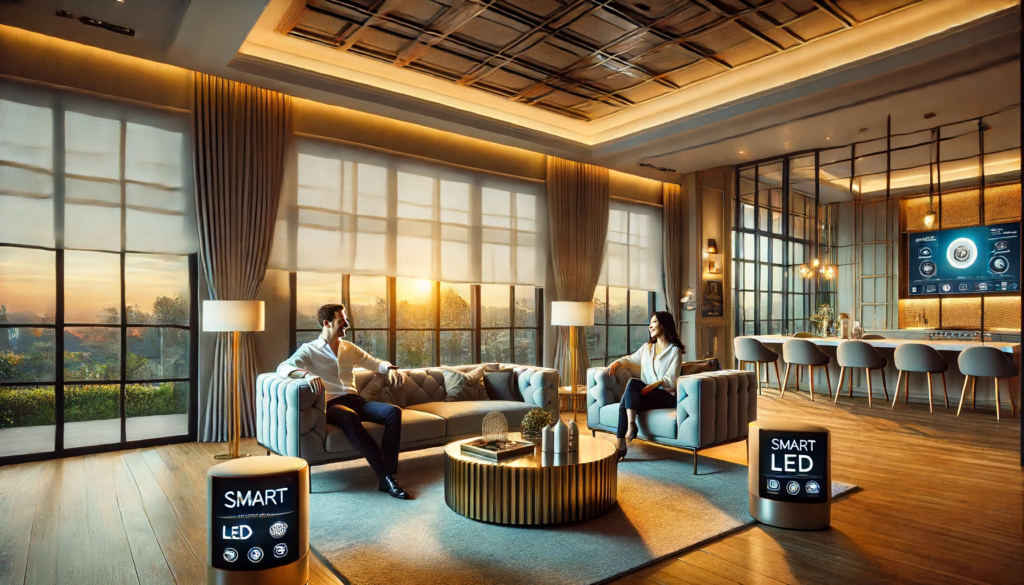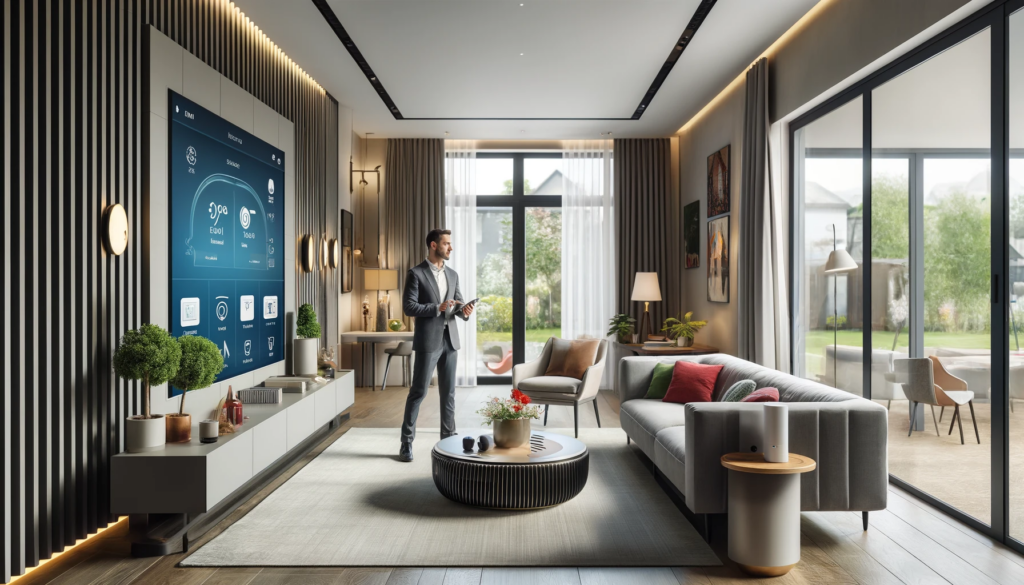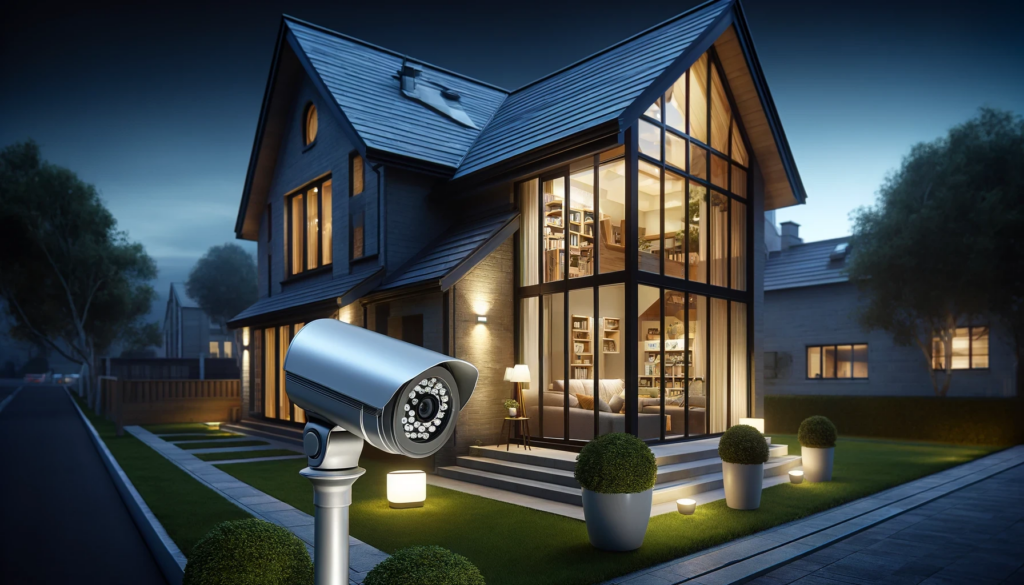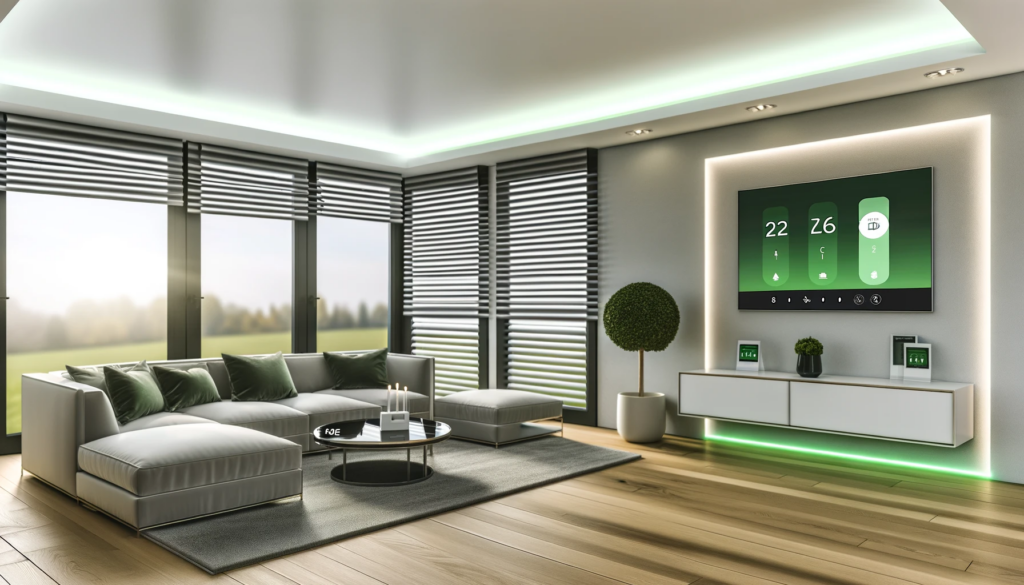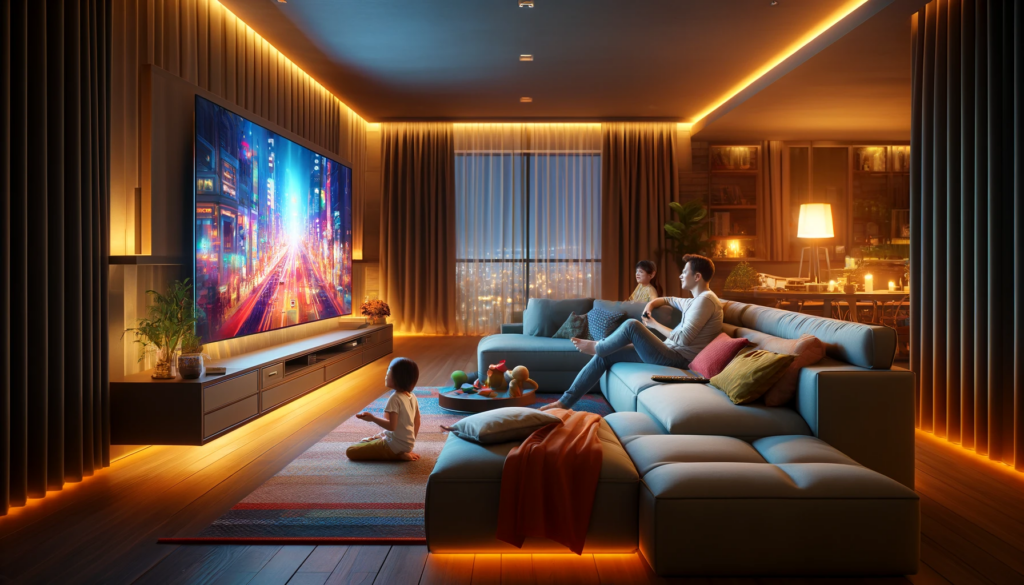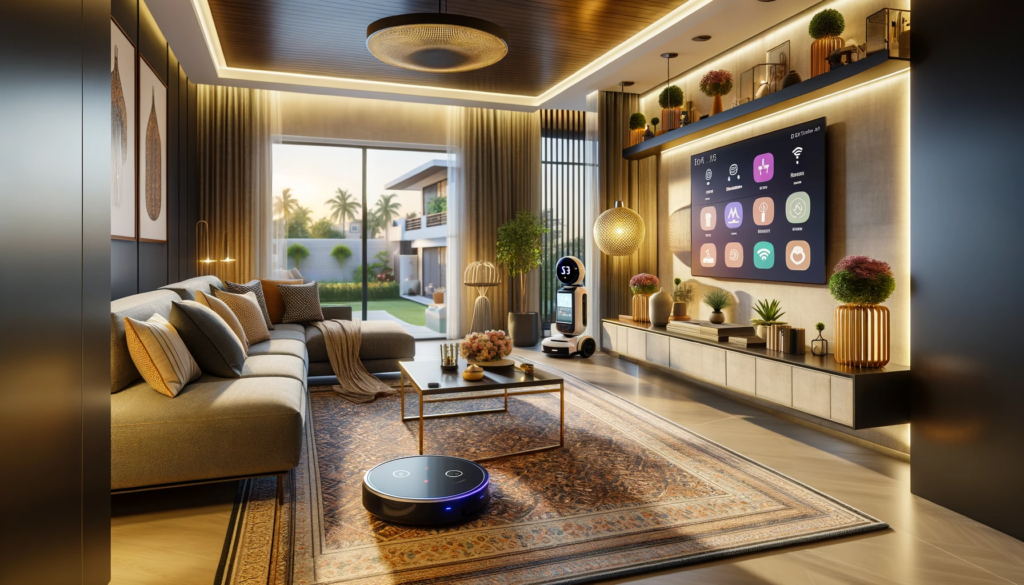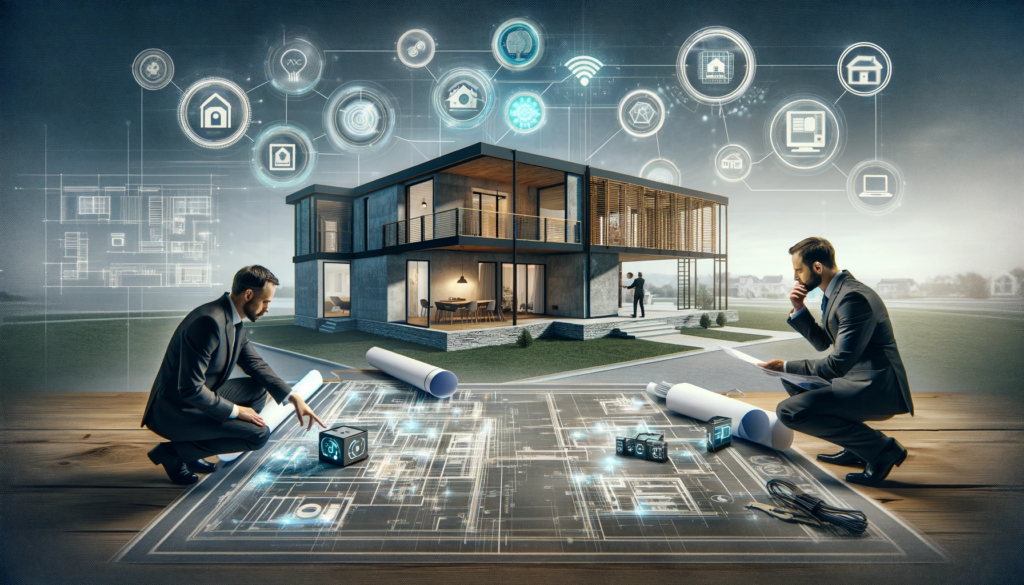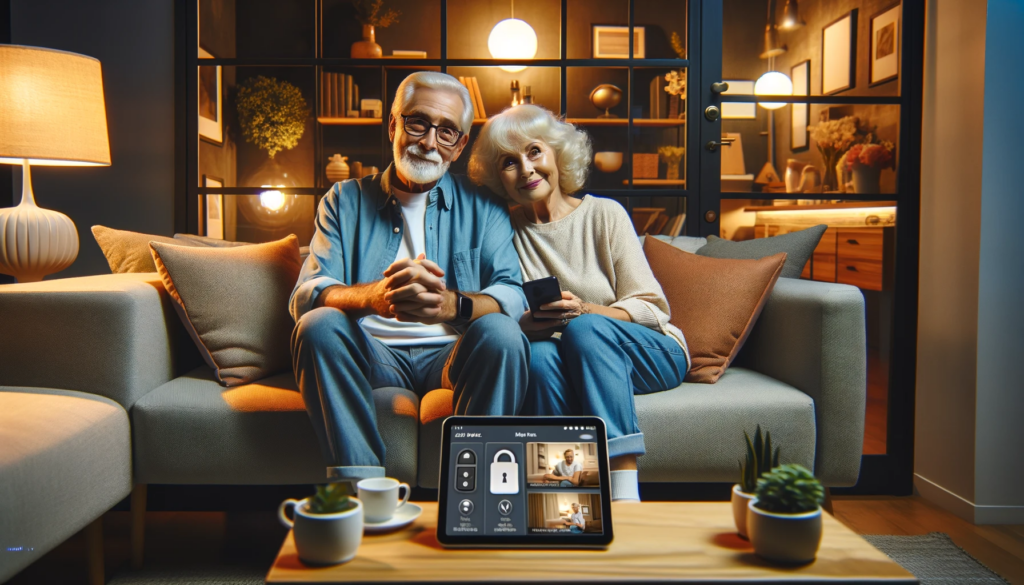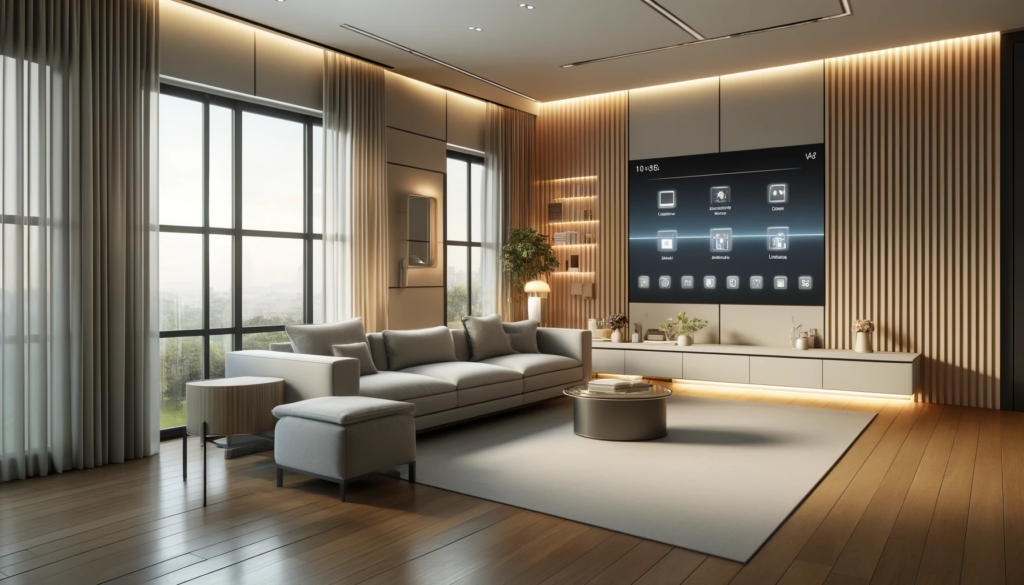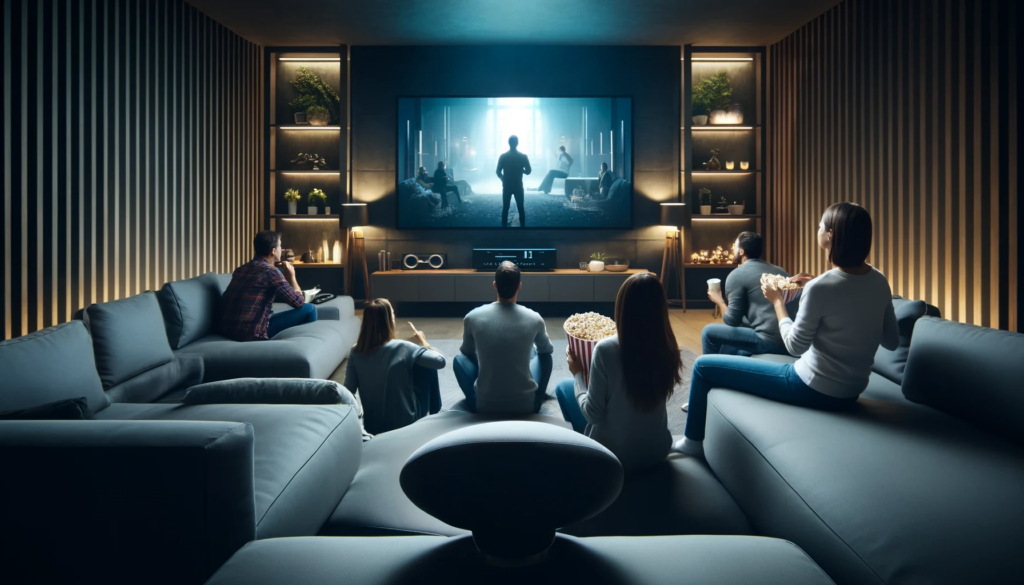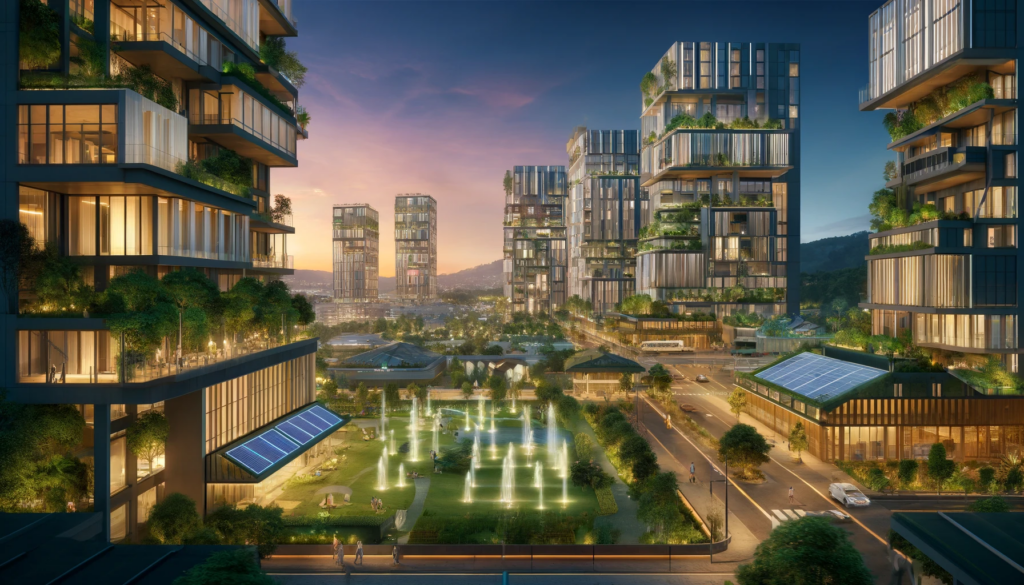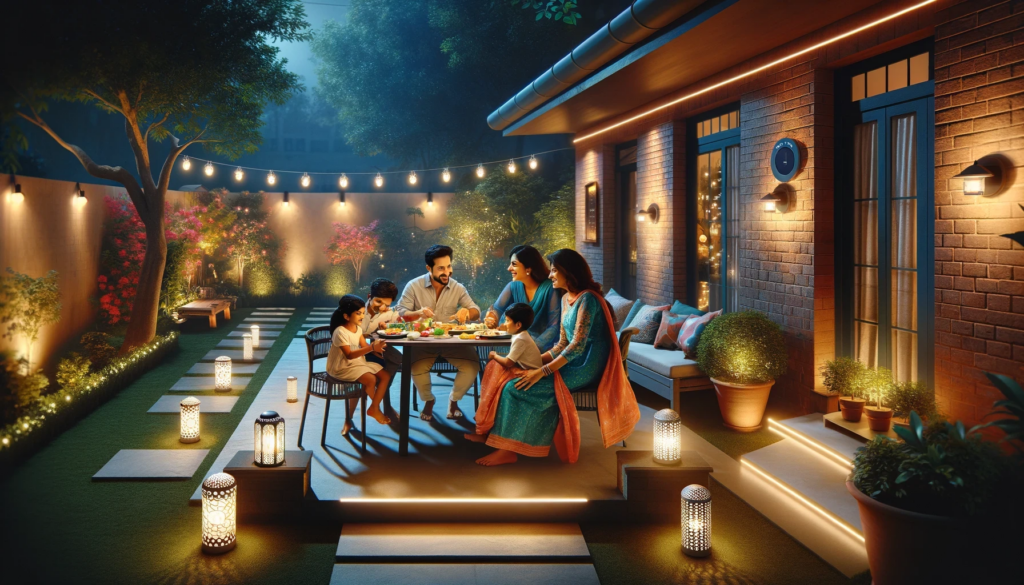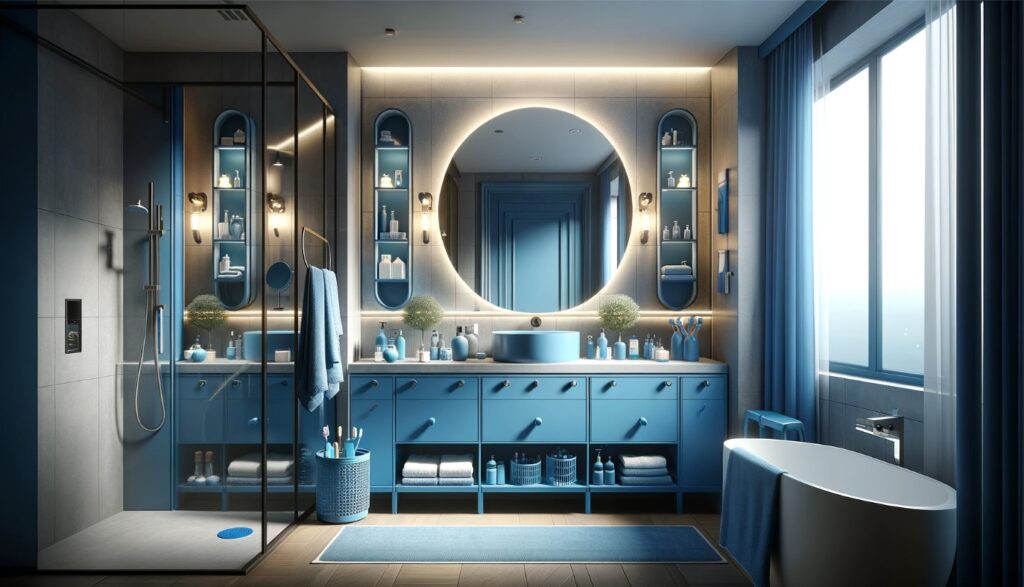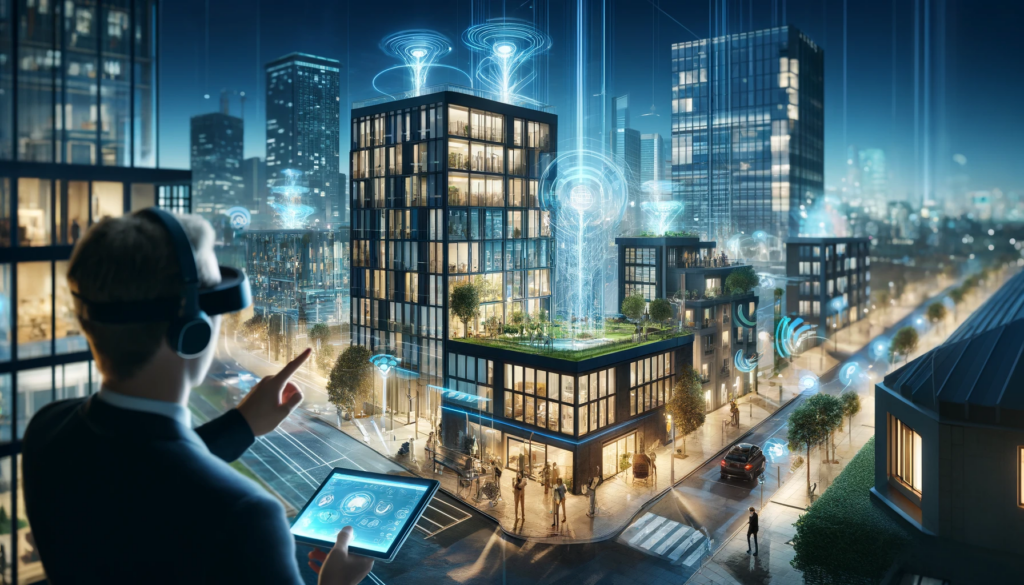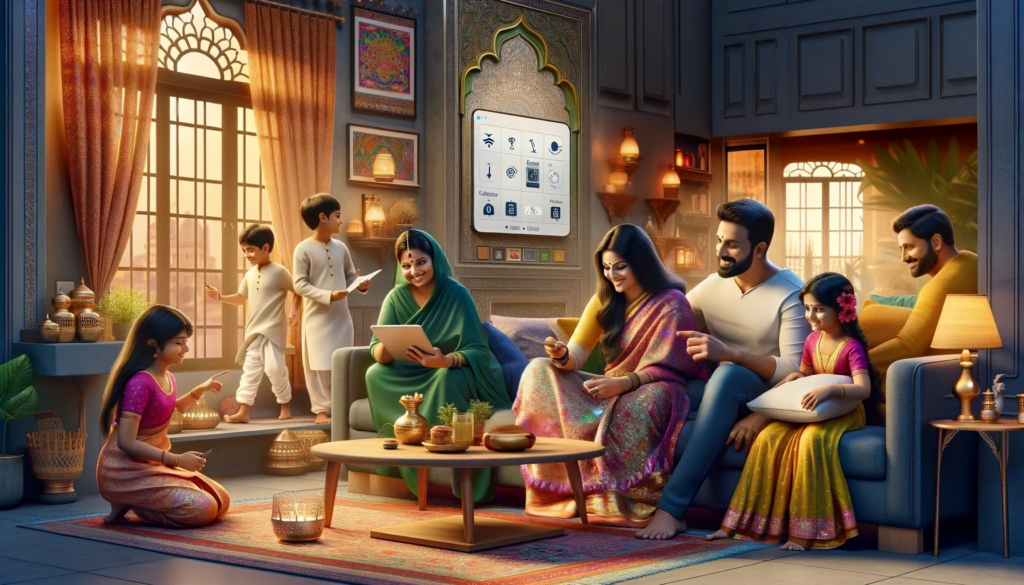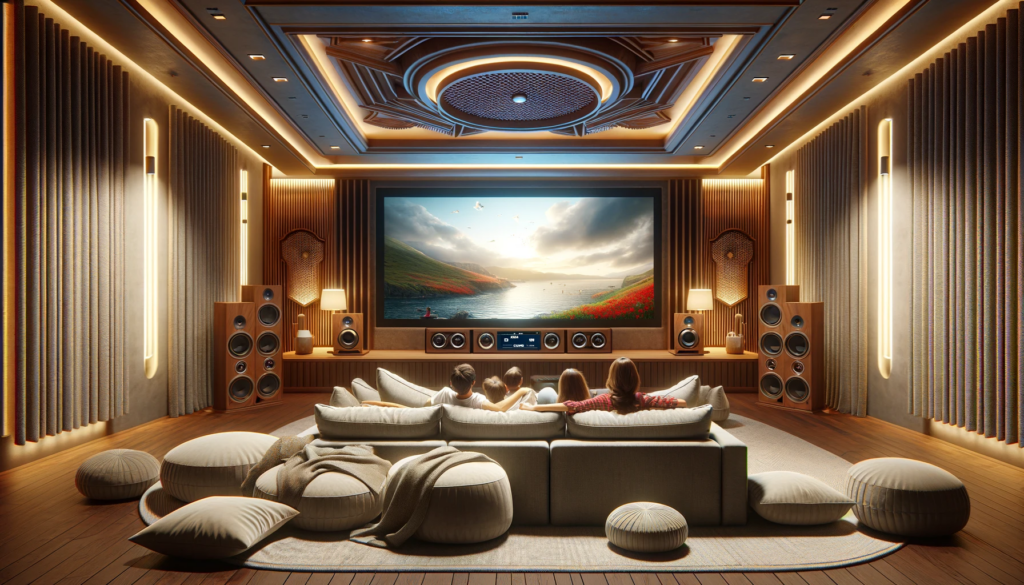Smart home automation offers a dynamic blend of comfort, energy efficiency, security, and communication, catering to the diverse needs and lifestyles of homeowners today. By embracing these technologies, individuals can enjoy a more connected, convenient, and secure life, making their homes true sanctuaries in the digital age. Whether you’re looking to upgrade a few aspects of your home or opt for full-scale automation, the benefits are clear and transformative.
1. Comfort in Smart Home Automation
- Smart home automation brings a new level of comfort to everyday life. With intelligent climate control systems, you can maintain the perfect temperature in your home year-round. You can automatically adjust settings based on external weather conditions and your personal preferences.
- Automated lighting systems provide the ability to adjust brightness and color based on the time of day or the activity you are engaged in. Further creating the perfect ambiance for relaxation or productivity.
- Smart blinds and curtains can be programmed to open and close at specific times. Or in response to sunlight, ensuring your home is always as welcoming as possible.
2. Energy Saving in Smart Home Automation
- Smart thermostats learn your schedule and temperature preferences, adjusting the heating and cooling of your home for optimal energy efficiency.
- Smart lights and appliances can be programmed to turn off automatically when not in use. This reduces unnecessary power consumption.
- Energy monitoring systems provide real-time feedback on your energy usage. Which helps you make more informed decisions about where you can save energy and reduce your carbon footprint.
3. Security in Smart Home Automation
- Smart locks that allow for keyless entry and remote access to your home to surveillance cameras. And all of these you can monitor from your smartphone. These systems provide peace of mind whether you’re at home or away.
- Smart home security cameras monitor for unusual activity, sending real-time alerts and footage to homeowners’ devices. Which further enhances safety with facial recognition and motion detection.
- Motion sensors, door and window sensors, and glass break detectors can also be integrated to alert you immediately of any unusual activity. And ensuring quick response times in case of emergencies.
4. Communication in Smart Home Automation
- Intercom systems that integrate with your smart devices enable you to communicate easily with family members in different rooms. And even speak with visitors at your door from anywhere in the world.
- integration with virtual assistants like Alexa, Google Assistant, and Siri allows for seamless control over your home and devices through simple voice commands.
KlugKraft is the premier online destination for system integrators and interior designers to showcase their home & office automation products. This platform is meticulously crafted to highlight the synergy between innovative technology and elegant design. Providing a comprehensive portfolio space for professionals. KlugKraft allows experts to display their latest smart home technologies, from intuitive lighting solutions to sophisticated security systems, all designed to enhance modern living. By offering a dynamic and interactive showcase, KlugKraft not only connects these professionals with potential clients but also sets a new standard in the integration of technology and design in home automation, ensuring every space is as functional as it is visually stunning. KlugKraft (a unit of Smart Group)


